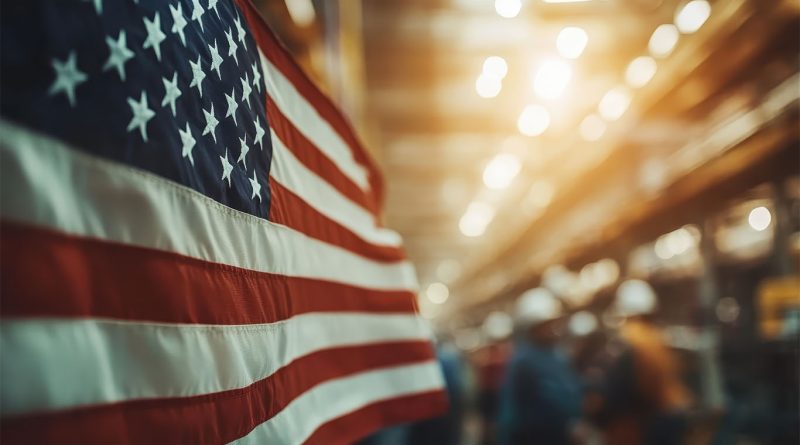Steve Jobs’ American Manufacturing Warning Echoes in Tech Industry
Subscribe to our free newsletter today to keep up to date with the latest manufacturing news.
In 2011, Steve Jobs made a searing observation: “Those jobs aren’t coming back.” He was responding to then-President Barack Obama’s question about why Apple products could not be made in the United States. The comment reflected Jobs’ understanding of a decades-old manufacturing shift that reshaped the global economy. Over a decade later, his words still matter as policymakers and business leaders confront the consequences of offshore production and a diminished industrial base.
The state of U.S. manufacturing: then and now
At its peak in 1979, U.S. manufacturing employed 19.6 million workers. By 2023, that number dropped to around 12.9 million, even as output increased due to automation. While the United States remains a leader in high-value manufacturing such as aerospace and pharmaceuticals, the electronics sector has largely moved overseas.
China has developed a deeply integrated ecosystem for electronics production. Cities like Shenzhen offer dense supplier networks, a specialized labor force and rapid production capabilities. Rebuilding such a system in the United States would require more than financial investment. It would call for a transformation in infrastructure, education and industrial planning.
Apple’s manufacturing strategy: a case study
Apple’s manufacturing choices have long been driven by speed and scale, not just cost. In 2007, a last-minute redesign of the iPhone screen from plastic to glass was completed in days by Chinese suppliers. One factory reportedly mobilized 8,000 workers overnight to meet the demand.
Since then, Apple has expanded some operations to countries like India and Vietnam. Still, China remains central. Foxconn’s massive factories in the region are capable of ramping up production at a pace unmatched anywhere else. Efforts to build facilities in the United States, including the much-publicized project in Wisconsin, have faced delays and failed to deliver promised results.
Challenges in reshoring electronics manufacturing
Reshoring electronics manufacturing presents complex challenges. Skilled labor is in short supply. While U.S. workers are highly productive, there are not enough technicians to handle large-scale assembly work.
The supply chain landscape is another issue. In China, suppliers are often located within miles of each other and the main factory. In the United States, they may be spread across states, complicating logistics and increasing costs.
Cultural and operational factors also play a role. Manufacturers in Asia tend to be more agile, adjusting production schedules quickly and operating with fewer constraints. These practices raise ethical concerns, but they also help explain how global electronics firms maintain efficiency and meet demand.
The broader implications for U.S. industry
Jobs’ remark was not only about the iPhone. It touched on the risks of losing industrial capacity. The COVID-19 pandemic exposed critical gaps in supply chains, including for semiconductors and medical equipment.
In response, the U.S. government introduced programs like the CHIPS Act, which provides more than $52 billion to bolster domestic chip production. Other efforts include tax incentives for reshoring, workforce development initiatives and subsidies for strategic sectors.
Rebuilding manufacturing capacity will not be fast. It requires sustained policy support, long-term investment and collaboration between the public and private sectors. Consumers may also need to accept higher prices if they want products made domestically.
Steve Jobs understood that manufacturing thrives where efficiency and infrastructure intersect. He did not reject the idea of U.S.-based production, but he saw that the environment needed for it no longer existed domestically. His insight remains relevant. If the United States hopes to regain industrial strength, it must do more than shift factories. It must reconstruct the systems that support them.
Sources:
